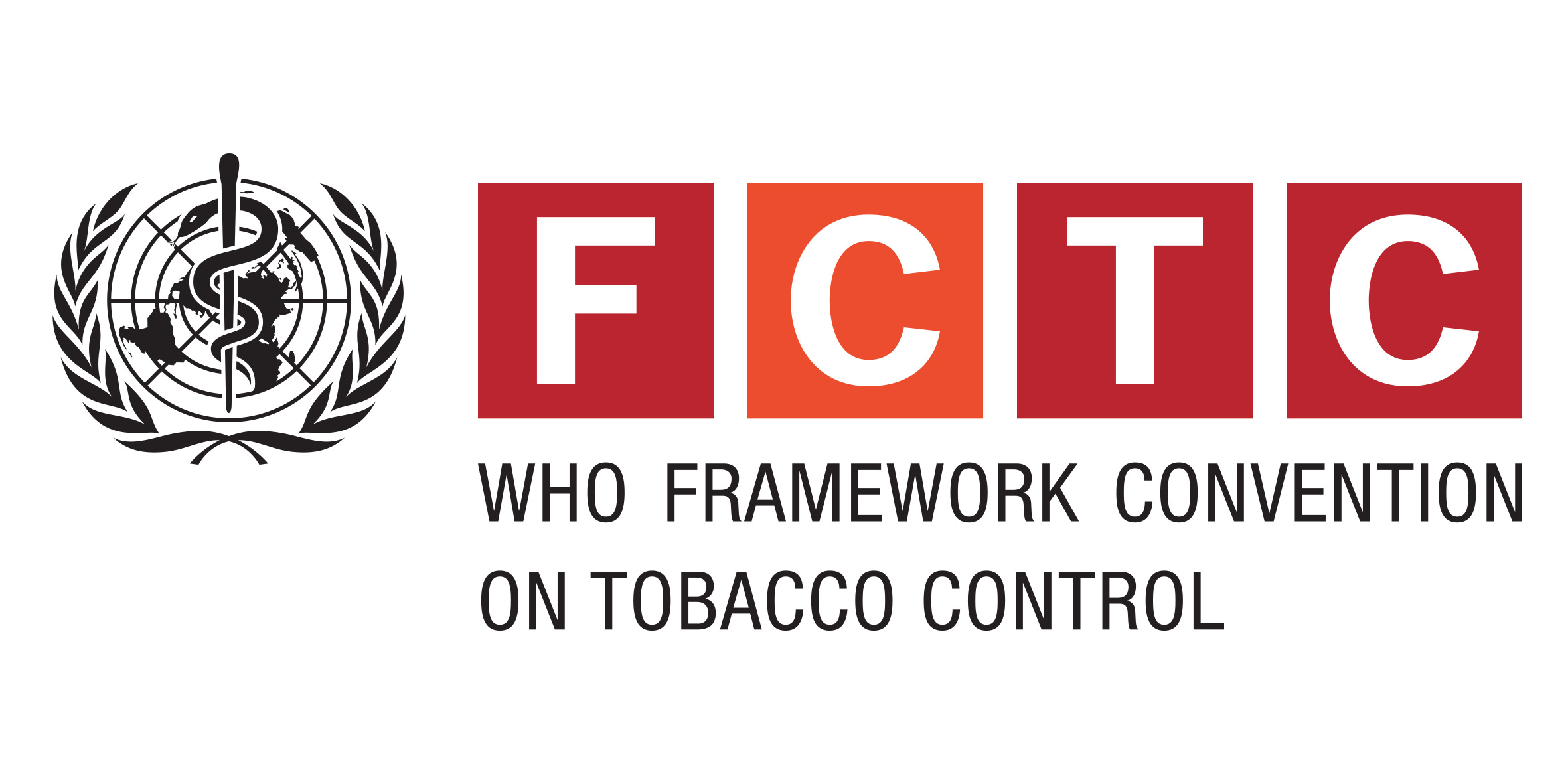Journal Article
Print(0)
Water Science and Technology: Water Supply
Water Sc.Technol.Water Supply
2003/
3
2-Jan
209
214
1606-9749
Unknown(0)
Understanding chlorine residual decay kinetics and the factors that influence them are essential for such current tasks as siting chlorination facilities, dosage optimisation, choice of sampling locations and frequencies, and general design and operational control of drinking water networks, increasingly accomplished with the help of simulation models. Available constants for bulk chlorine decay are typically determined under static conditions. However, as for all fast reactions in water flows, chlorine consumption rates in drinking water pipes may be influenced by the existing mixing regimes, a function of flow turbulence, which is primarily controlled by flow velocity and pipe diameter. Flow velocities vary greatly in space and time in water transmission and distribution systems; pipe diameters are seldom uniform. Although both variables are readily available in the currently available network analysis simulators that implement chlorine models, such variations are not accounted for. Instead, a single preset decay rate constant is generally used for describing chlorine residual consumption throughout an entire system. In addition to highlighting how negligible PVC pipe wall chlorine consumption is, as such, this paper presents experimental evidence of a significant correlation between pipe flow velocity and bulk chlorine decay rates, and proposes a simple but effective approach to implement this dependency in current simulators.
chlorine, drinking water, chlorination, conference paper, correlation analysis, flow rate, fluid intake, kinetics, process control, simulation, tube, turbulent flow, water flow, water sampling, water supply
Embase
Embase
Menaia,J., Coelho,S. T., Lopes,A., Fonte,E., Palma,J.
Menaia, J., LNEC (National Civ. Eng. Laboratory), 1700-066 Lisbon, Portugal
http://vp9py7xf3h.search.serialssolutions.com/?charset=utf-8&pmid=
2003

